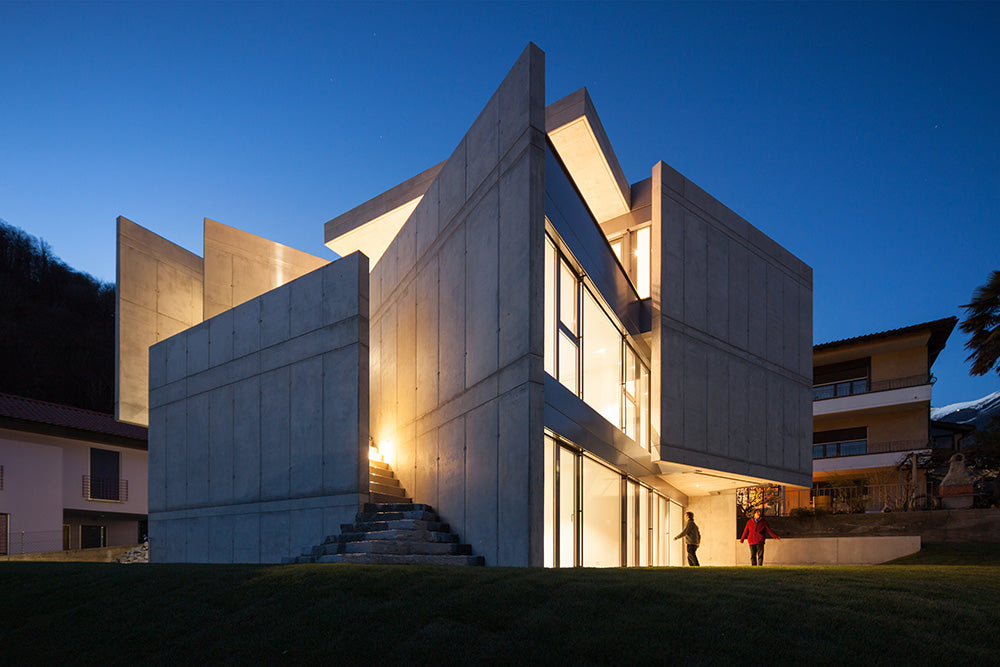Shooting great photos of architecture requires a combination of technical skills and a keen eye for composition. Here are some tips and techniques for taking stunning photos of architecture:
-
Use a wide-angle lens: A wide-angle lens allows you to capture more of the scene in your frame and can help to create a sense of depth and context. This is particularly useful when photographing large buildings or landmarks.
-
Pay attention to the lines: Architecture is all about lines. Pay attention to the lines in the building, and use them to lead the viewer's eye through the image. Use converging lines to create a sense of depth and movement, and use diagonal lines to add dynamism to the image.
-
Use a tripod: A tripod will help you to take sharp, blur-free photos, especially when shooting in low-light conditions or when using slow shutter speeds. A tripod will also allow you to use a lower ISO, which will result in less noise in your images.
-
Be mindful of the light: The quality of light can have a huge impact on the outcome of your architecture photographs. The best light for architecture photography is typically early in the morning or late in the afternoon when the sun is low in the sky. This creates a warm and soft light that can be very flattering for buildings.
-
Experiment with different angles: Don't be afraid to experiment with different angles when photographing architecture. Try shooting from high angles, low angles, or from an unexpected point of view. This can help to add interest and visual impact to your images.
-
Use reflections: Reflections can add a sense of depth and mystery to architecture photographs. Look for reflections in windows, puddles, or mirrors that can add an extra layer of interest to your images.
-
Be mindful of the background: The background can make or break an architecture photograph. Be mindful of what's in the background and try to choose a background that complements the subject. Also, be aware of any distracting elements in the background such as cars or power lines that may take away from the subject.
-
Use post-processing: Once you've taken your photos, it's important to take the time to post-process them. Use editing software such as Lightroom or Photoshop to adjust the exposure, color, and contrast of your images. This can help to bring out the best in your photos and make them truly stand out.
-
Know the history and the story behind the structure: Knowing the history and the story behind the structure can help you to understand the meaning and the message behind the building. This can help you to create more meaningful and interesting photos.
-
Be prepared for different weather conditions: Architecture photographs can look very different depending on the weather conditions. Be prepared for different weather conditions and be ready to adapt your approach accordingly.
By following these
tips, you'll be well on your way to taking great photos of architecture. Remember to pay attention to the lines, experiment with different angles, and be mindful of the light and the background. Additionally, don't forget to use a tripod, use post-processing, and be prepared for different weather conditions.
Additionally, consider the time of day, as certain structures look better at certain times of the day. For example, a building with a lot of glass may look great during sunset when the light is hitting it just right, whereas a more traditional brick building may look better in the middle of the day when the sun is high in the sky.
Another tip to remember is to be aware of the symmetry and patterns in the building, this can help to create a sense of balance and harmony in the photograph.
Finally, be respectful of the building, and the people who are visiting or working in it, and try to not to disturb them while you're taking photos.
By following these tips and techniques, you'll be able to capture stunning and unique photographs of architecture that showcase the beauty and craftsmanship of the buildings. Remember to have fun and be creative, and always be open to new opportunities and experiences.










